Enriching the Farm Organism
Healthy soils and water are our most precious natural resources. We believe that agricultural practices must ensure that water and soils are not degraded and that future generations can reap the benefits of wholesome agricultural practices.There is not one single recipe, but thefarmer must work in harmony with the land. In essence as farming progresses, the natural resources (soil, water, trees, plants, herbs ) and organisms (birds, reptiles, insects, soil organism) all improve and the farm organism becomes a haven for all living things.
The initial challenge was to transform a barren piece of land that had been intensively cultivated using conventional methods into a future heaven for people, animals, birds, insects and importantly all soil organisms. At Canto Alegre, cattle, as ruminant animals, play an important role. Rudolf Steiner, who laid down the basis for the bio-dynamic method of agriculture, places the cow at the centre of the farming organism. The ruminant animal has profound symbiosis with soil life, taking in organic matter and returning enriching manure to the soil ..
Our first key task was to establish a hedge around the property and over a 1000 willow poles were planted. Willows provide fast establishing hedge, can be trimmed for fodder and are a food source for bees. We have planted large numbers of native trees, shrubs and flaxes. Exotic have also been planted. Lots of pipfruit varieties (mostly Heritage ) are establishing well. Walnuts, and nearly 100 Hazelnuts bushes. Peaches, nectarines, plums are doing well. There is lots more to plant.
Recently we have also planted a number of specially bred male willow trees to supply polem for our bees early in the spring. We will be happy to supply cutting for anyone interested. Additionally, over 150 Escallonia plants have been palnted in the last year. Escallonia is a marvellous hedge and produces large amounts of nectar ealy summer (around early November) and continues for over 10 weeks!! It is a honey bee, bumble bee and native bees bonanza!!
Our beehives are a key part of the farm. They pollinate our plants as well as those in neighbouring farms. We recognize the importance of native bees, so we plant lots of native plants and shrubs that are favoured by native species.
Over the next few years more honey, pipfruit and stone fruit will gradually be offered for sale. We also plan to produce certain shrubs and plants as well special willow types (male willows for bee pollen) and this will be offered in the near future.
We believe that the recovery of soils relies on ruminant grazing animal. When we started the rejuvenation of our soils, no earthworms was to be found anywhere in the conventionally cultivated soils within our boundaries. Seven years on, thanks to holistic management and cattle, our soils are full of life, preserved, productive and protected for future generations.
We thank you for visiting our site and you are welcome to visit us. Just get in touch. If you buy any of our products, be assured that you are supporting a good initiative that focuses on enriching our environment to the benefit of all
Photo 1 - Late 2010, just a driveway and an old caravan
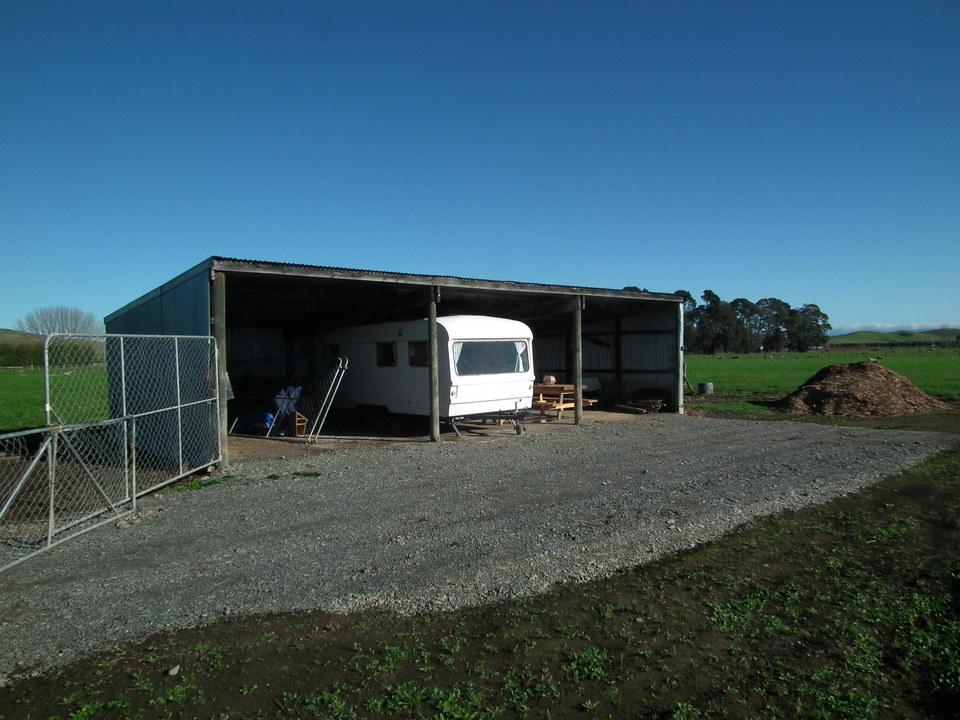
Photo 2 - 2010 VIEW FROM ROAD
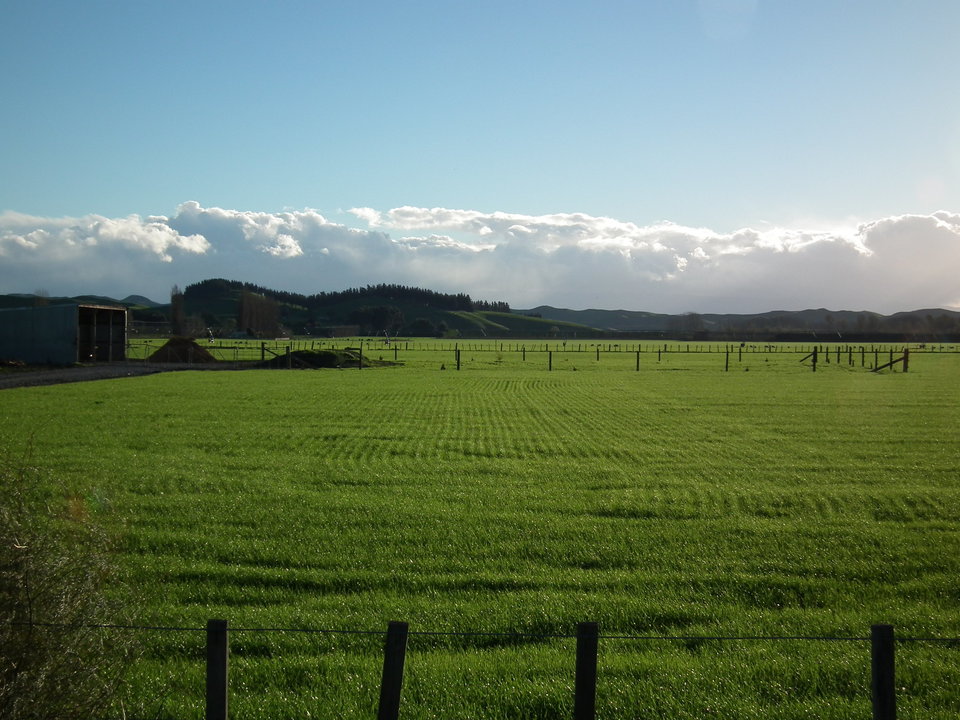
Photo 3 - The driveway looking almost form position in photo 2 above.. 2017, not bad growth
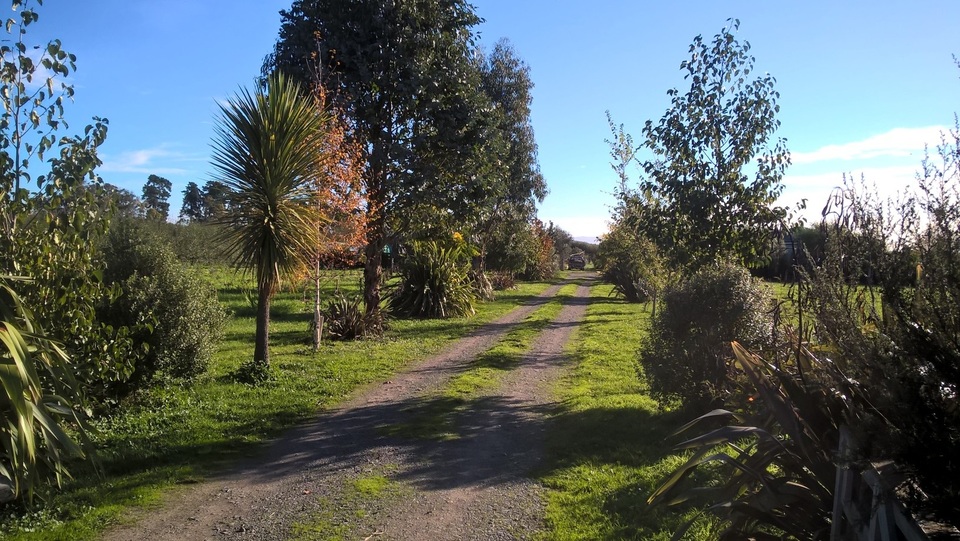
Photo 4 - Late 2010, The future House site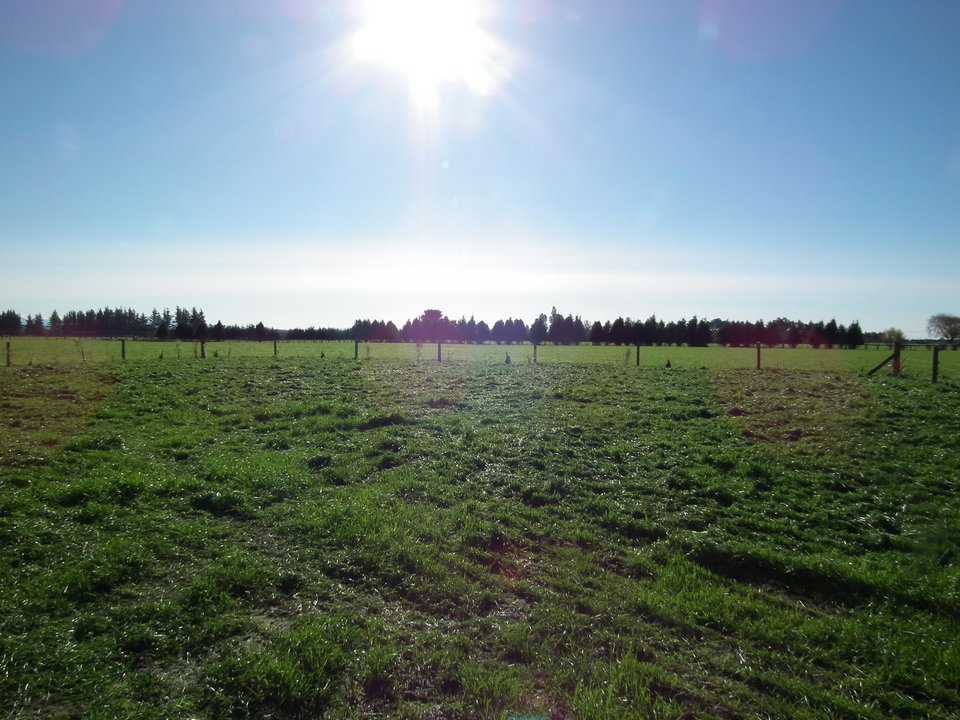
Photo 5 - Late 2010, The view from entrance by Turamoe Road. No plantings, no hedges
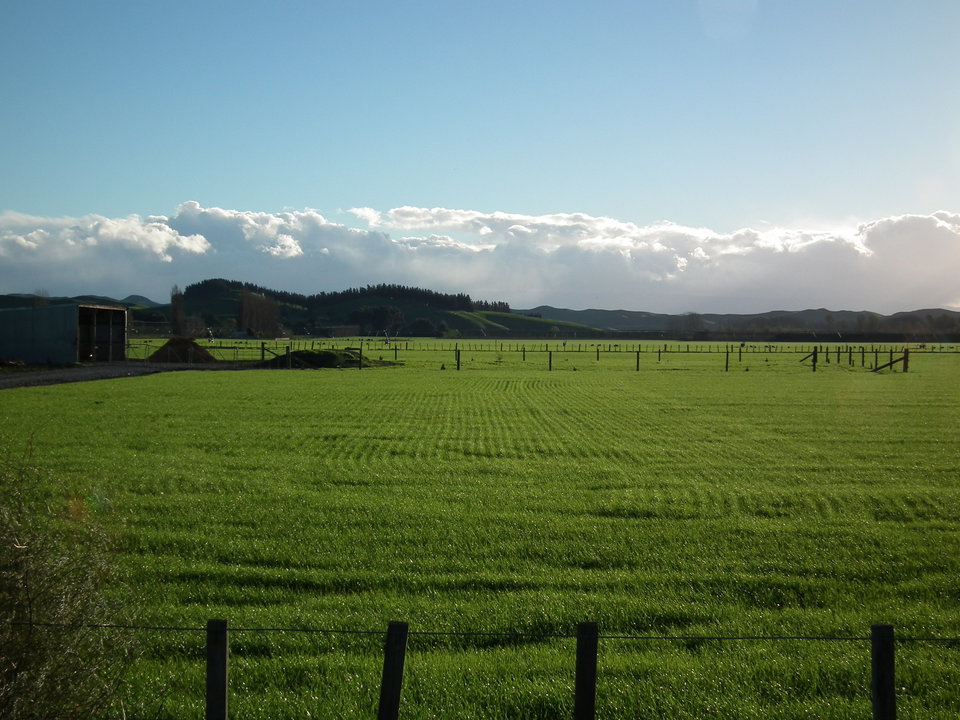
Photo 6 - Animals play a key role. Cattle are up-recyclers and are able to enrich the soil by taken in roughage and returning soil-enriching manure. It needs to be done without excessive numbers and with minimal chemical imputs..
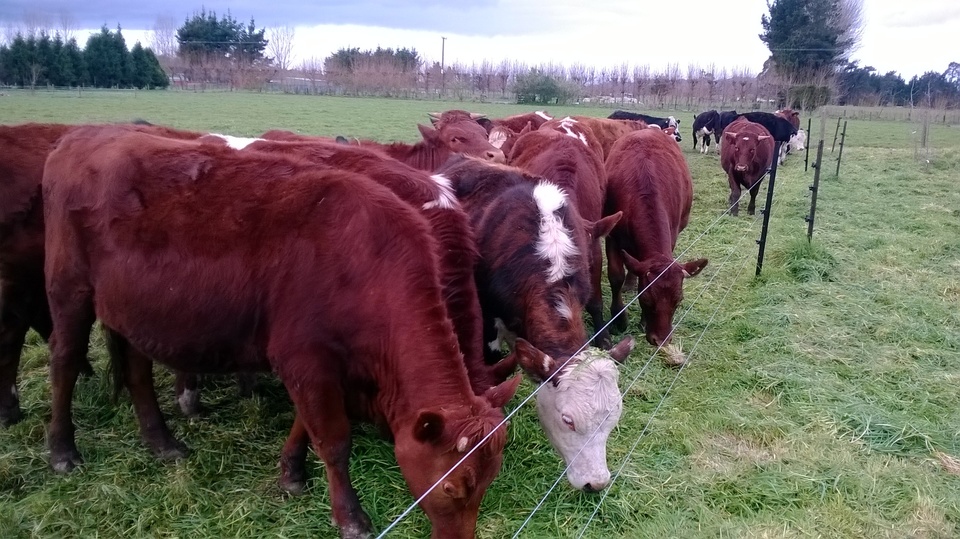
Photo 7 - We had pigs but they have gone but will come back.....
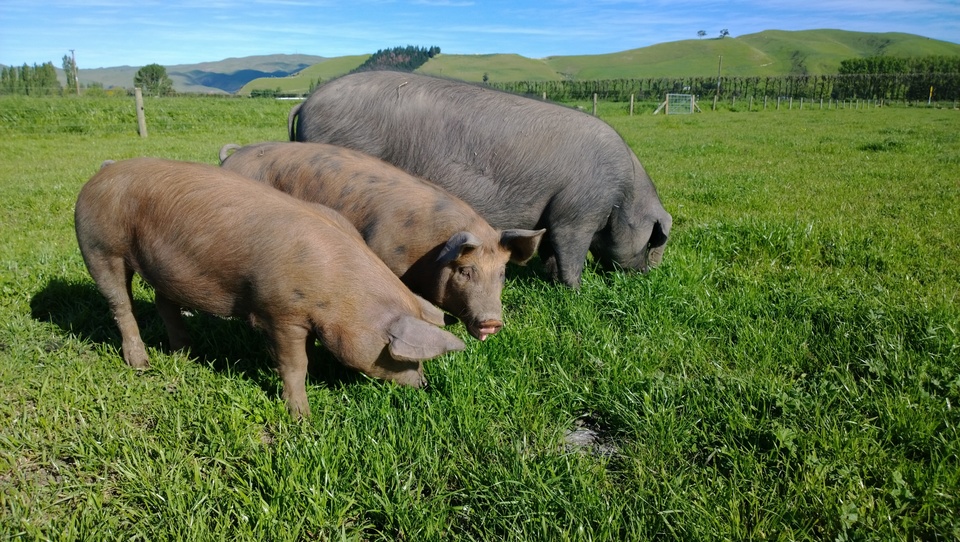
Photo 8 - View from House site towards north boundary.. About 2013
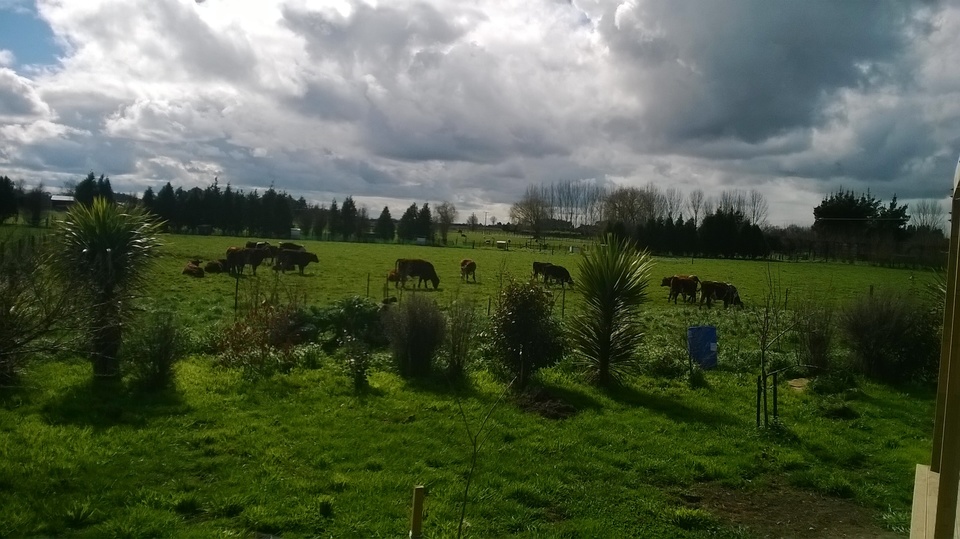
Photo 9 - Early plantings. 2011, early 2012. Photo of the site currently (2017) will be shown.. Manuka, Flaxes, Gums and other natives have been planted here.
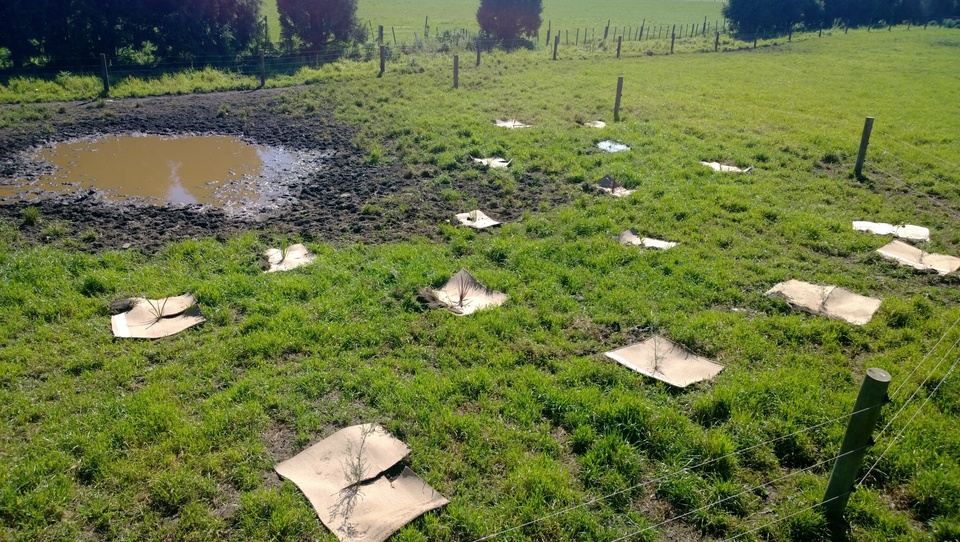
Photo 10, 11, 12 - Site on photo 9. 2018. Flaxes, grasses, gum, manuka and others plantings. Birds and other animals find shelter...
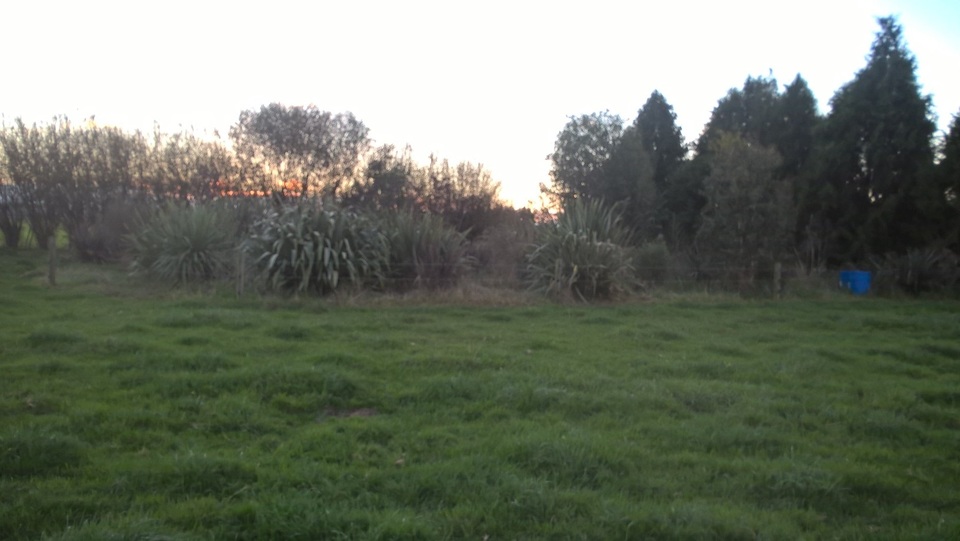
Photo 11
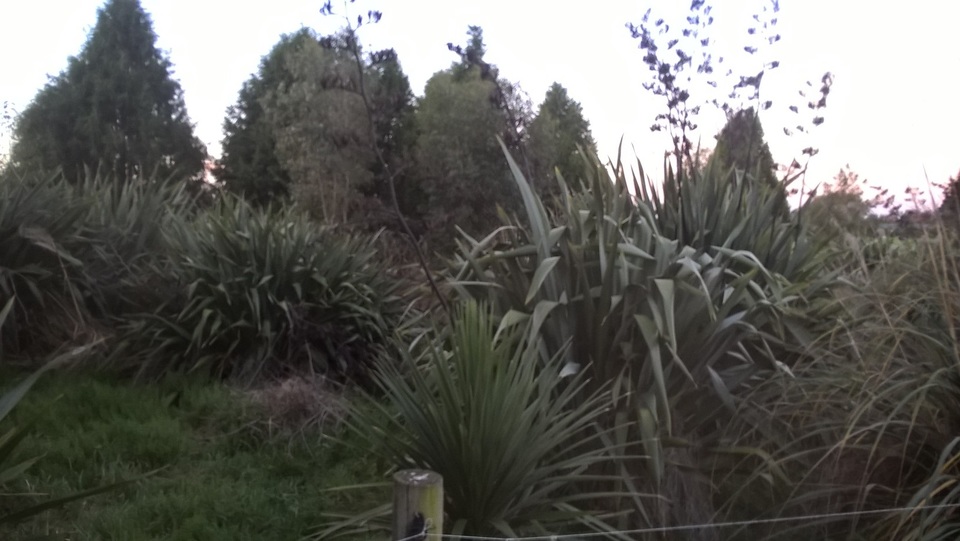
Photo 12 - 2012 - From road side, a few plantings at house site
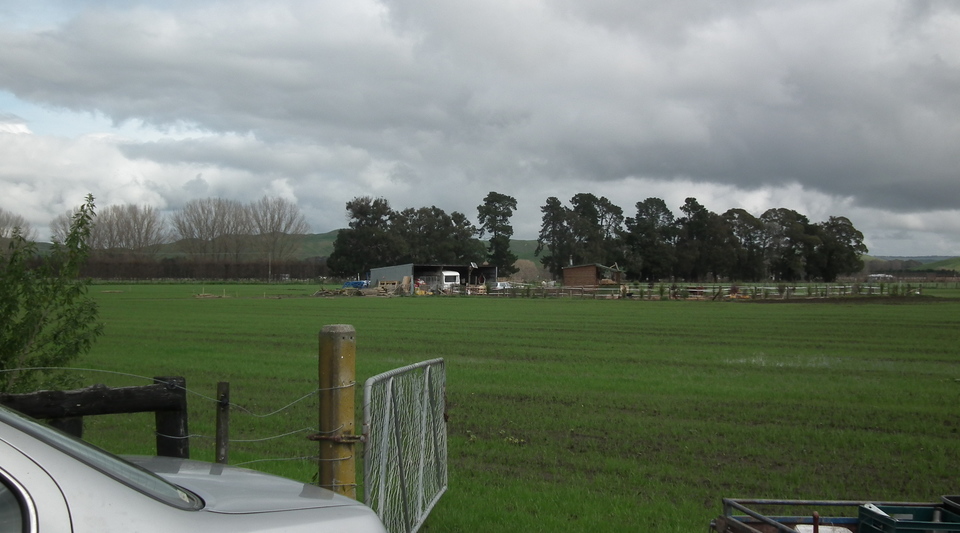
Photo 13 - 2018. View from same position as photo 12. House is hidden and just to the left a new planting has been started
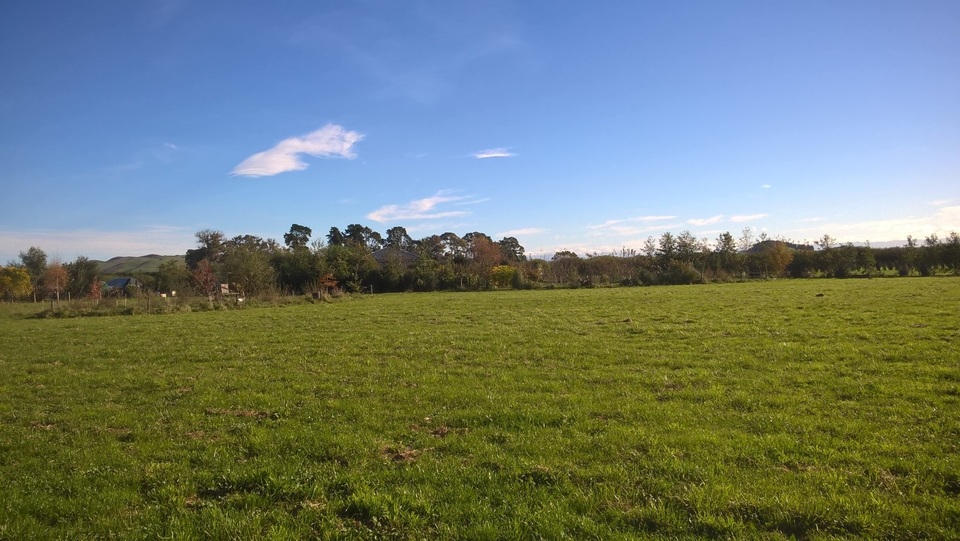
Photo 14 - 2018. Willow hedge planted in winter 2011..
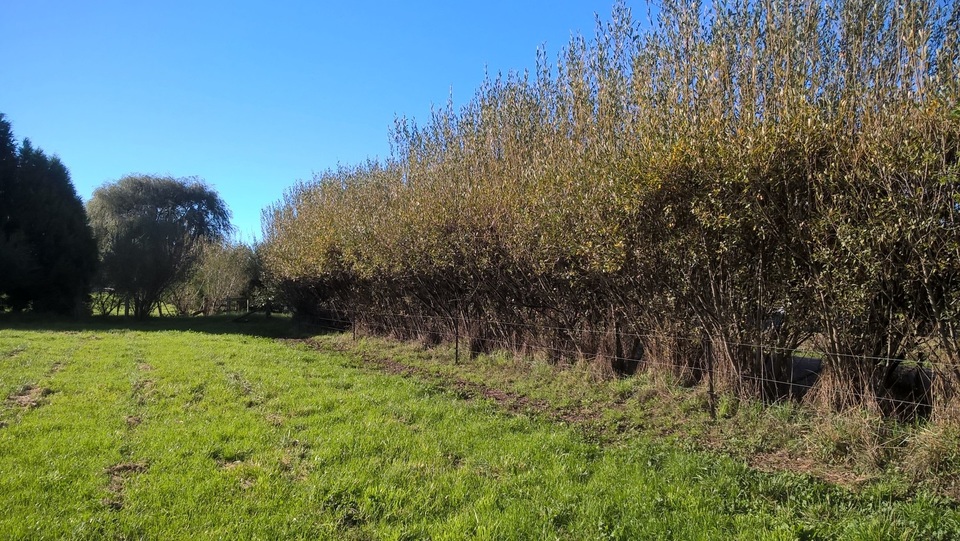
Photo 15 - June 2011. From same position as in photo 12 but looking along the road, towards the south. Willow poles have been planted, the driveway is going across just as a gravel track...
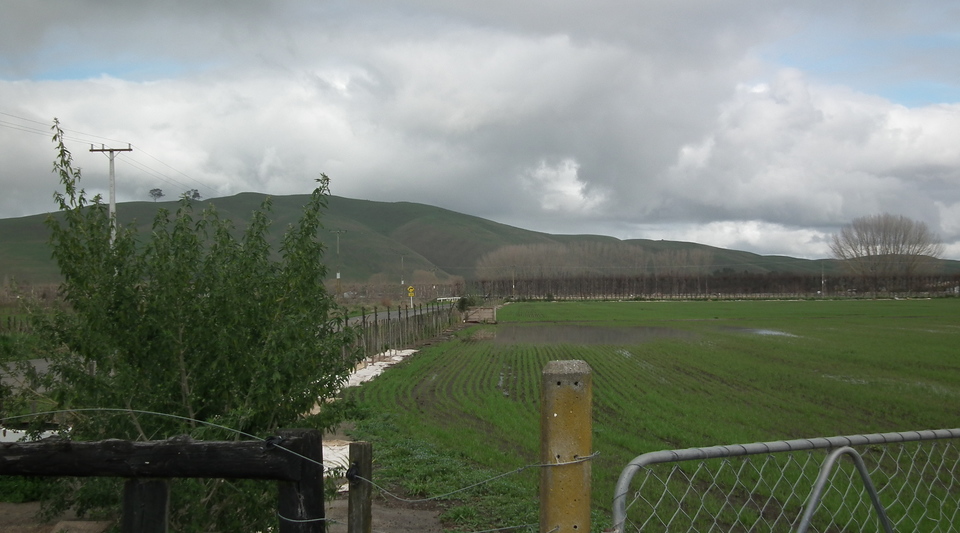
Photo 16 - 2018 - Same view as above. Willows established, gums growing along driveway..
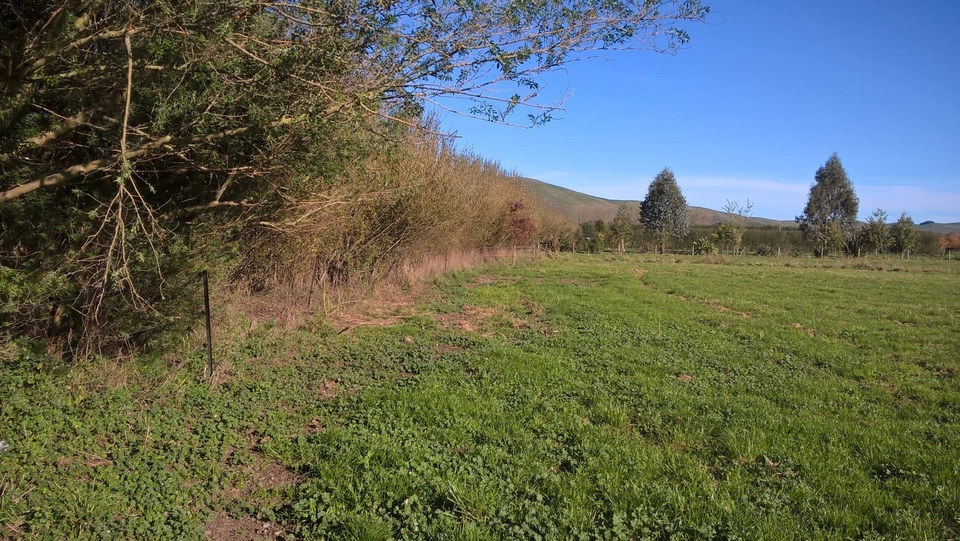
Photo 17 - Seven-year old Willow hedge, along west boundary
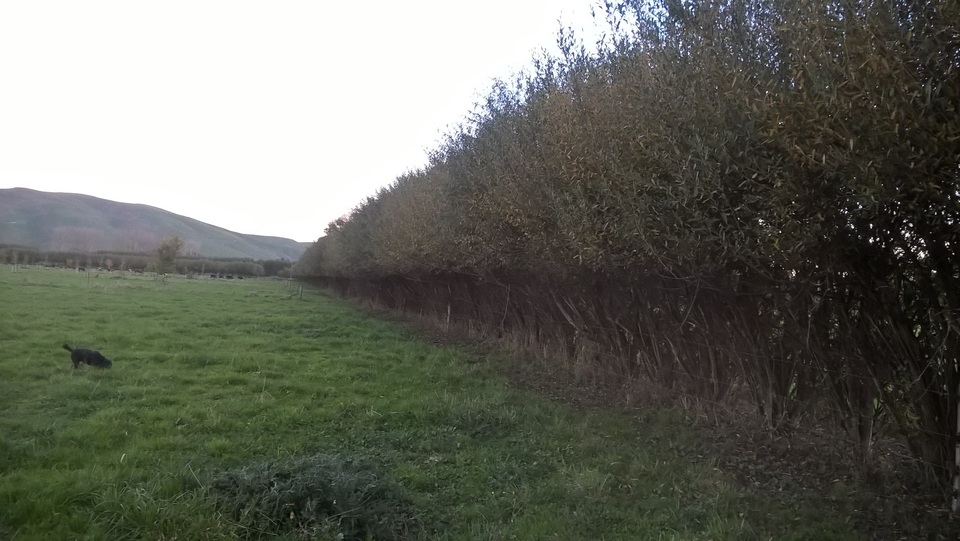
Photo 18 - Natives and orchard, 2018
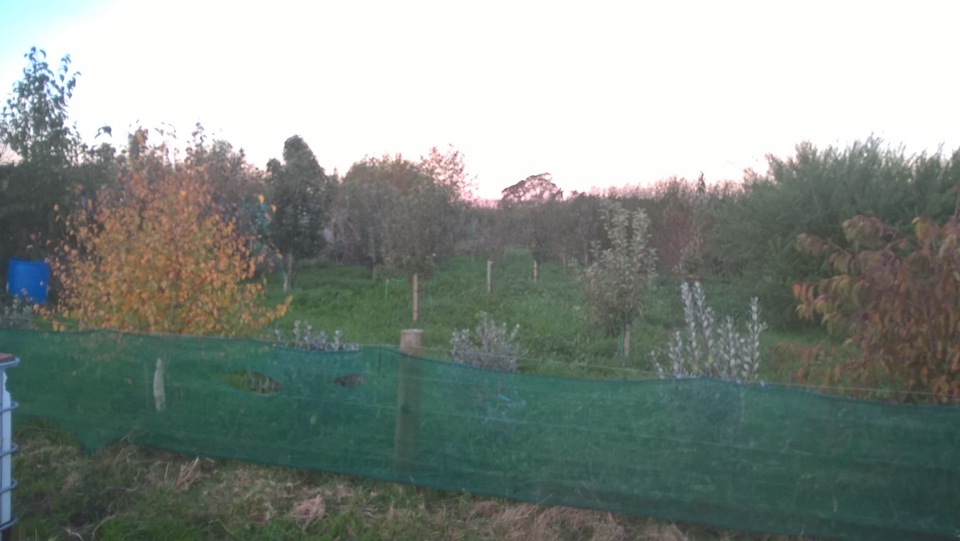
Photo 19 - Pond , natives and another orchard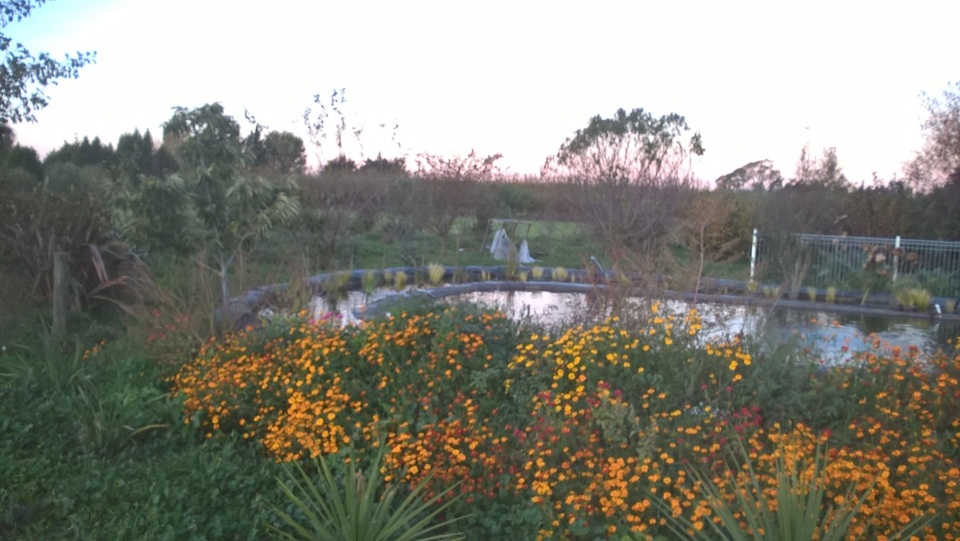
Photo 20 - 2018 - cattyle and trees planted on boundaries between paddocks.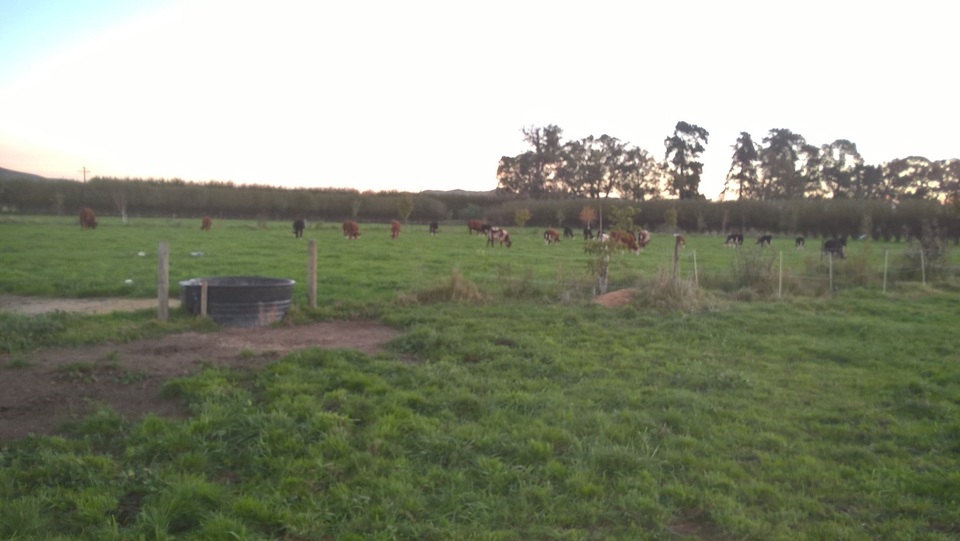
Photo 21 - 2018 - This is a planting over a boggy area. fenced off from animals. Natives, Willow, Alders, Silver Birch, Gums..
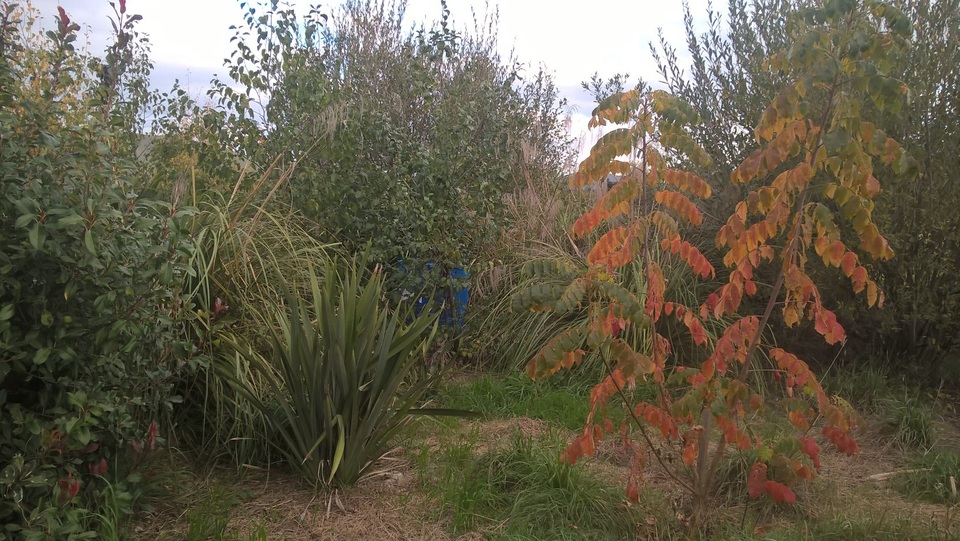
Photo 22 - Same area as above
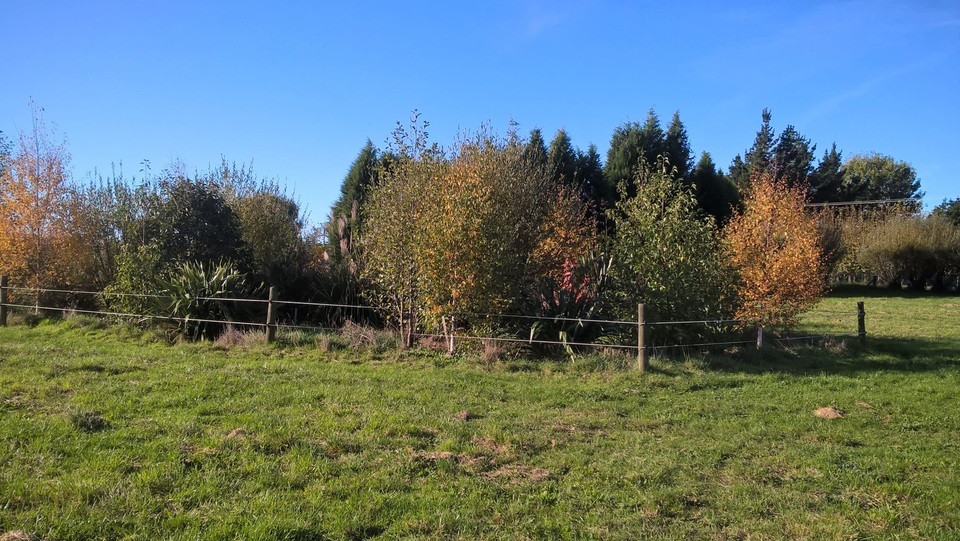
Photo 22 - 2018- Low area, prone to waterlogging, but flaxes and others will to well here
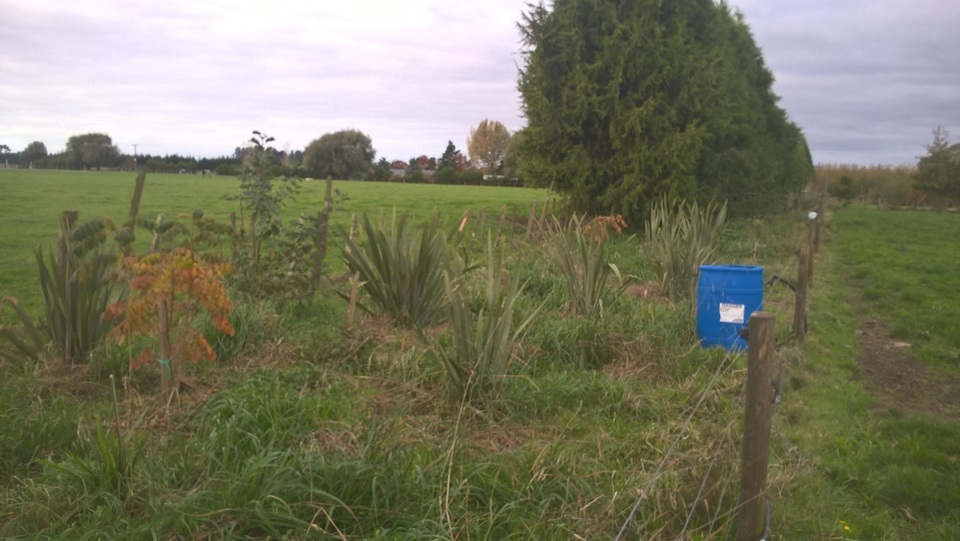
Photo 23 - 2017- 4-year old tree line. Mainly biches, but now nativews , willow (male clones) and a young escallonia hedge for future solid hedge, polem and nectar for insects ..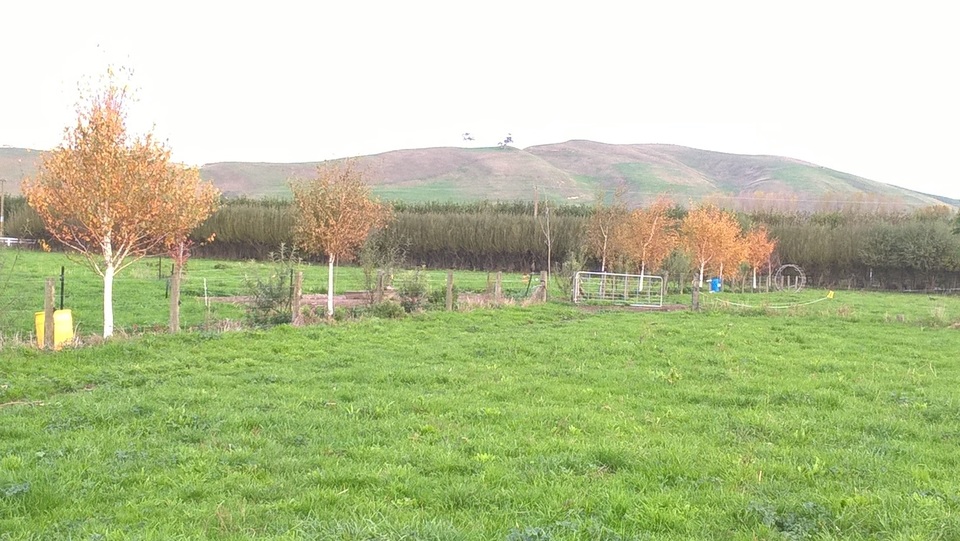
Photo 24 - 2017- Same tree line as above but now planting escallonia
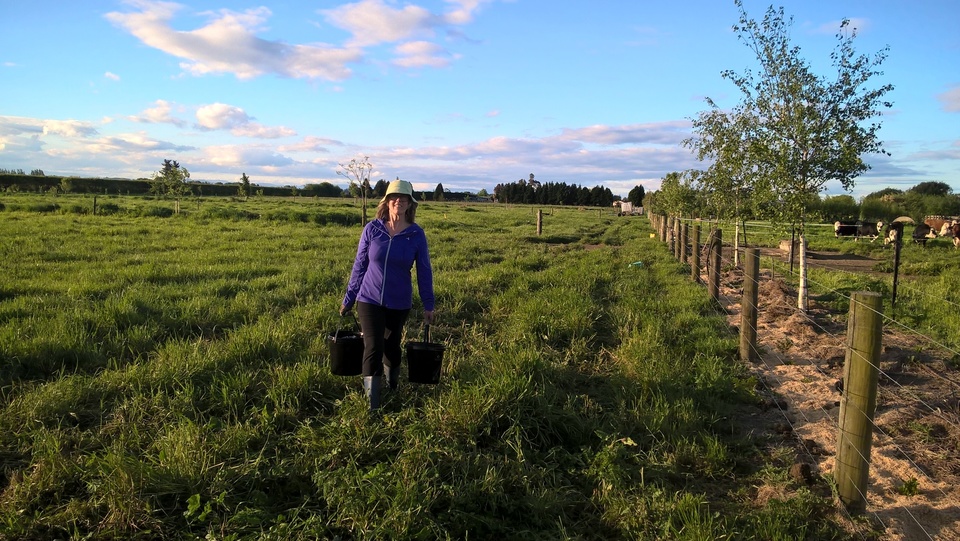
Photo 25 - 2017 - Escallonia planting
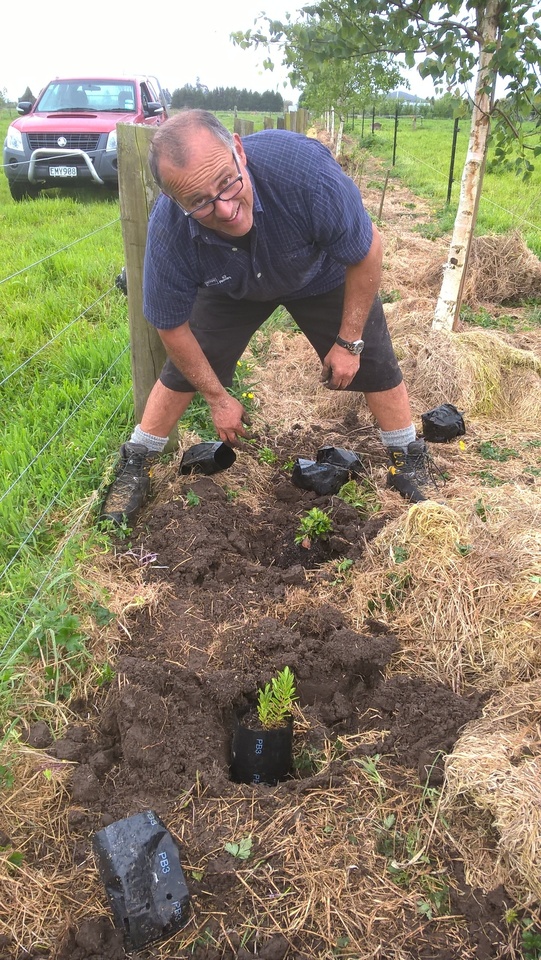
Photo 26- 2018 - About 8 months on, the plants have grown well
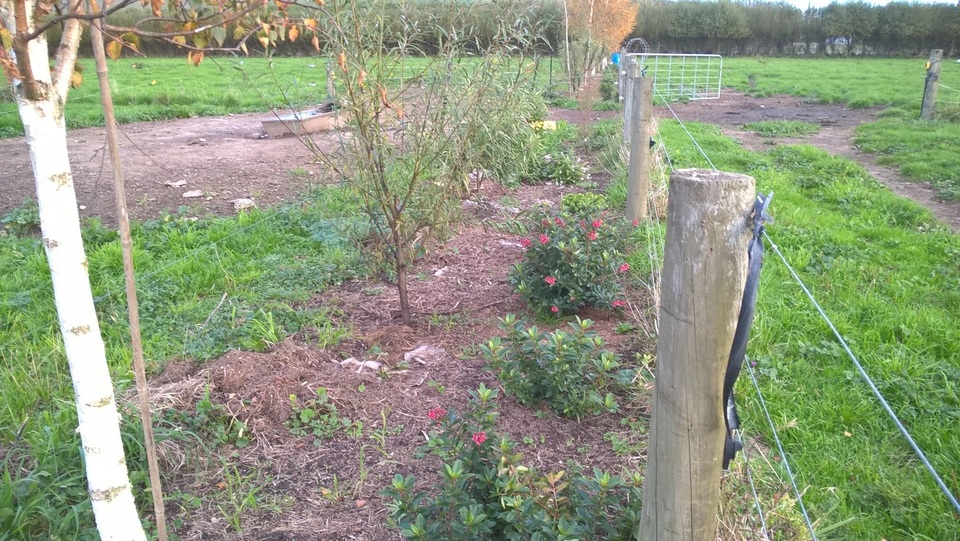
Photo 28 - Young natives, a small planting within a small orchard (about 20 apples, pears and feijoas ). Lucerne trees, Manuka, Pittosporum, Kowhai...About 3-4 years old.
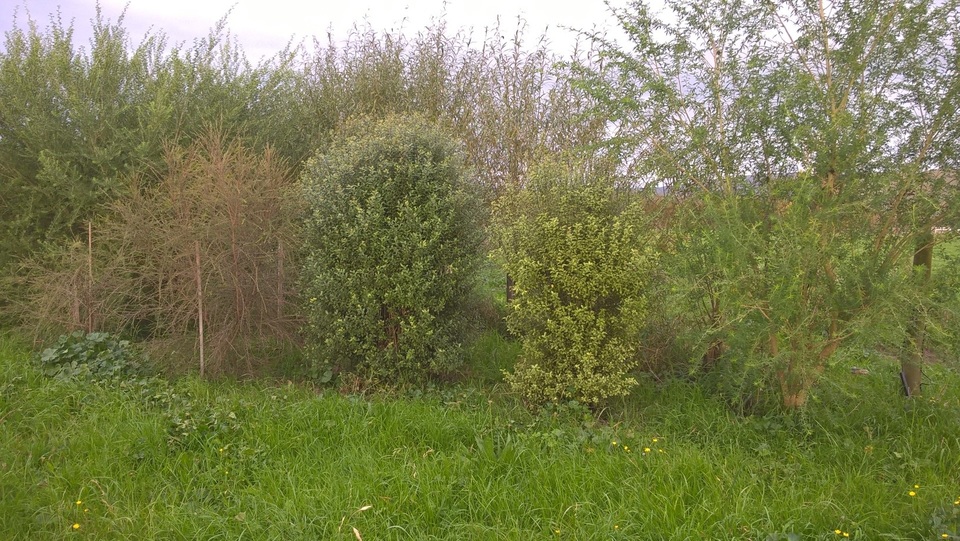
Photo 29 - Same area as above. The native planting to the right, the orchard to the left. The idea is to combine species for environmental enrichment and plant health.
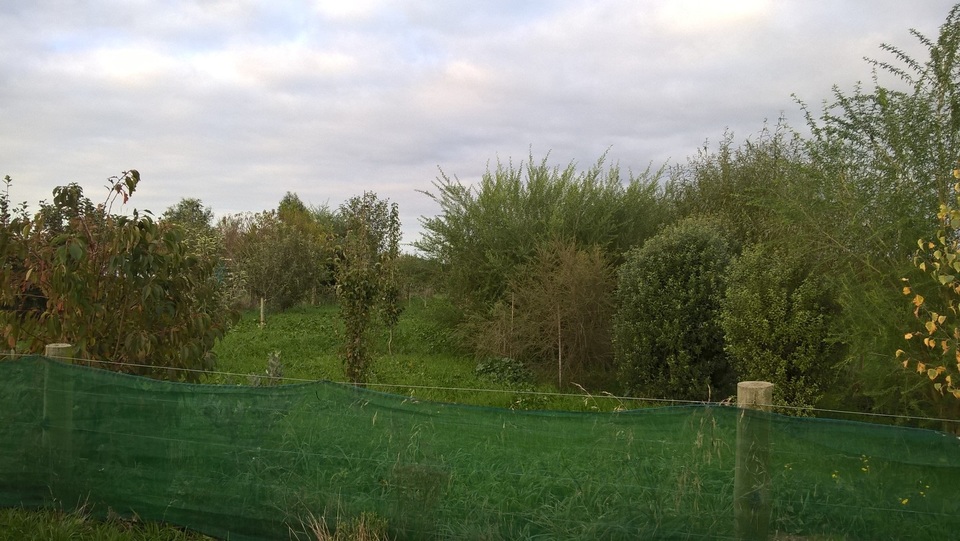
Photo 30 - Beehives
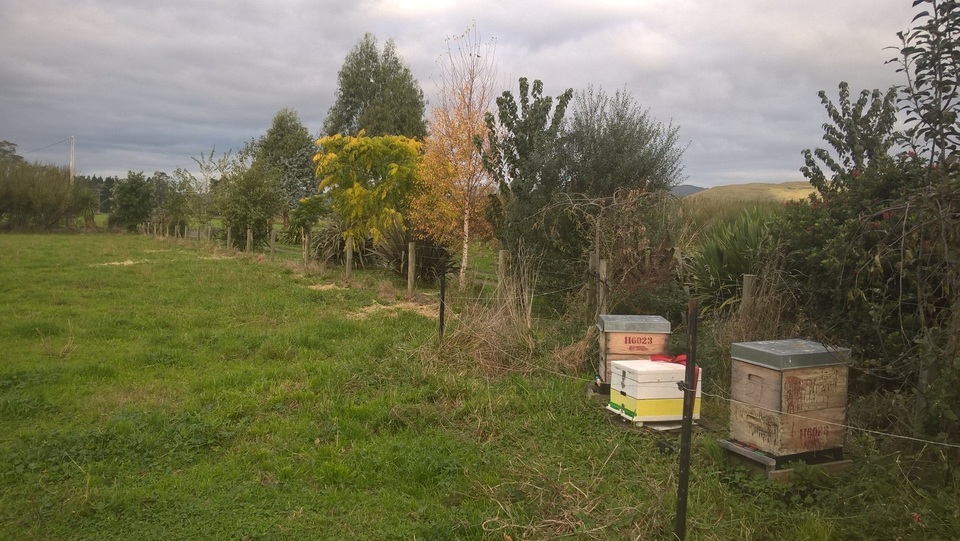
Photo 31 - Cattlwe yards screening with natives, gums..
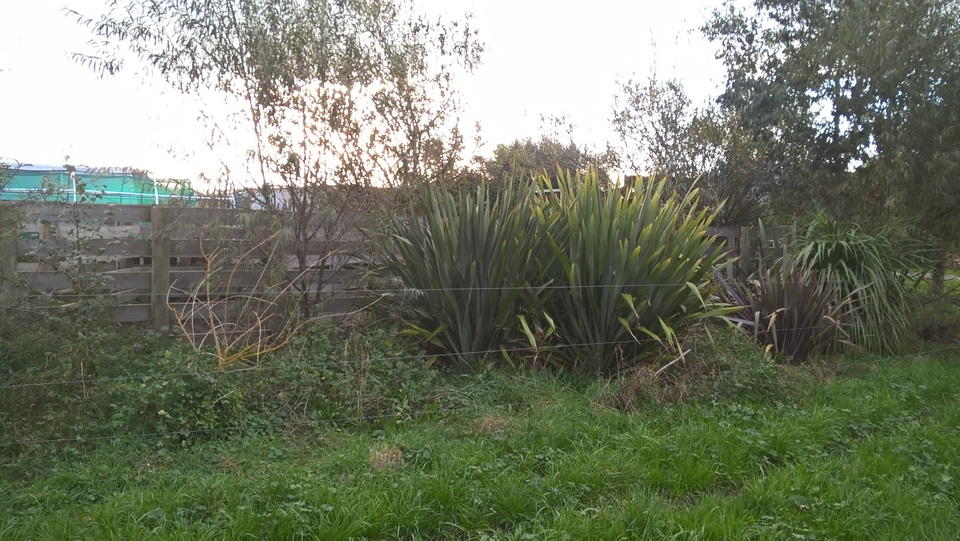
Photo 32 - Phacellia planting. The best nesctar sounce for bees.. We did add other flower mixes that woul grow after phacellia... You csn see them in the next photos
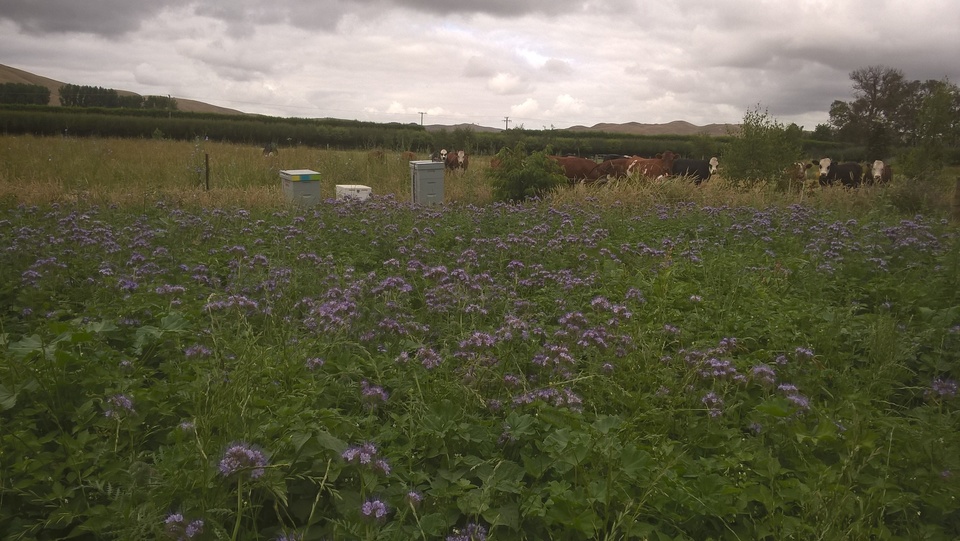
Photo 33 - 2018 -Mixed herbs and wildflower, germinated a little later following Phacellia. This was planted spring 2017 and allowed to seed and die back. It supported honey bees, native bees, bumble bees and many other insects. 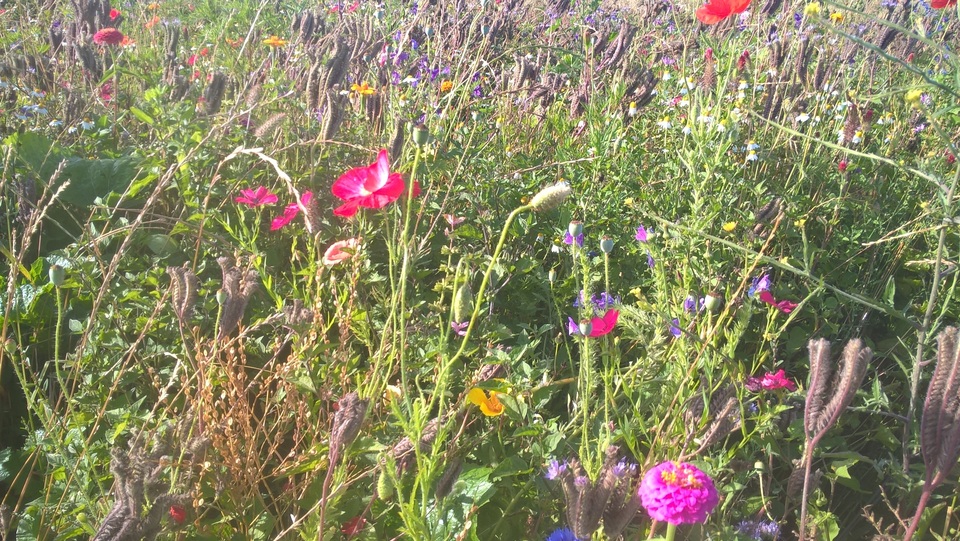
Photo 34 - Same as above..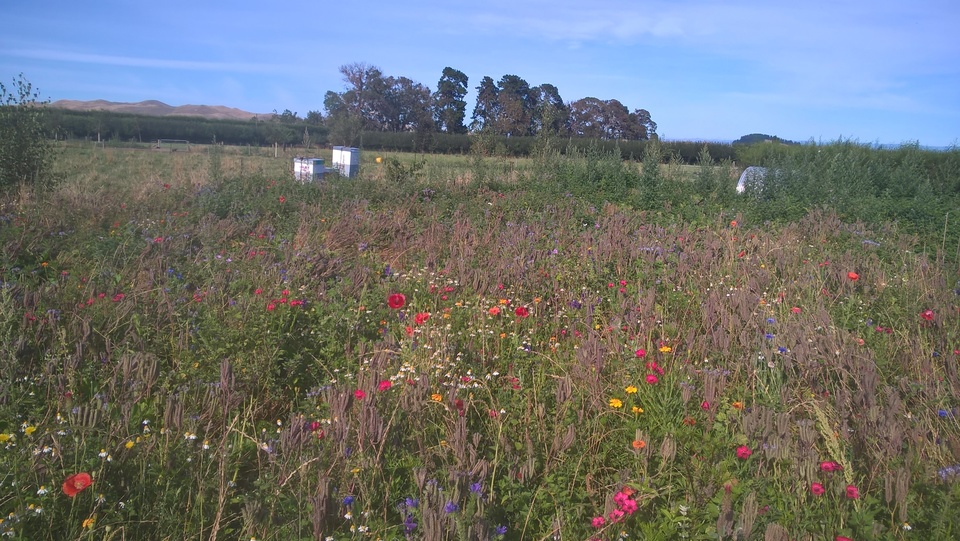
Photo 35 -
